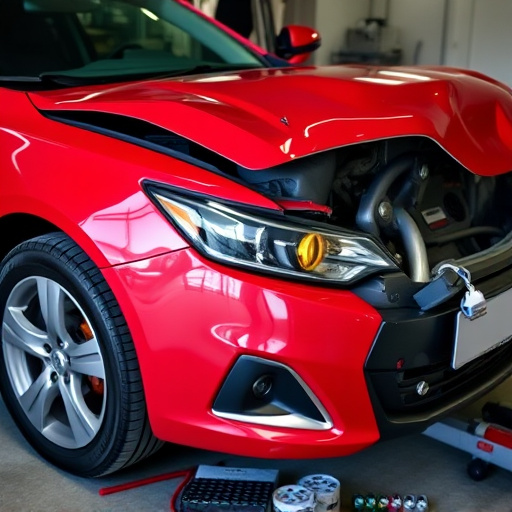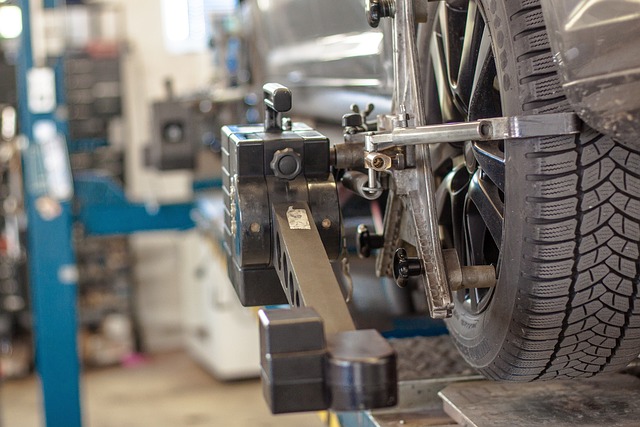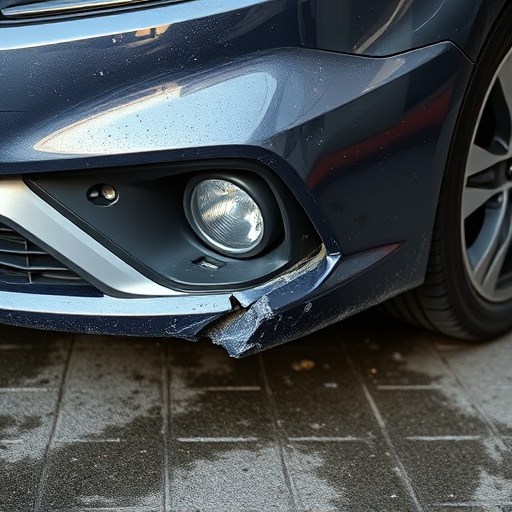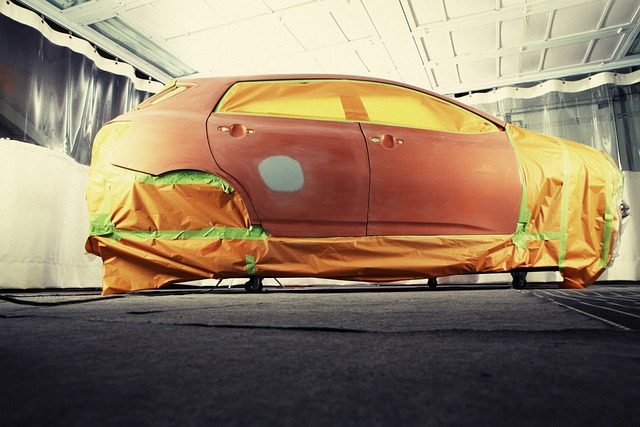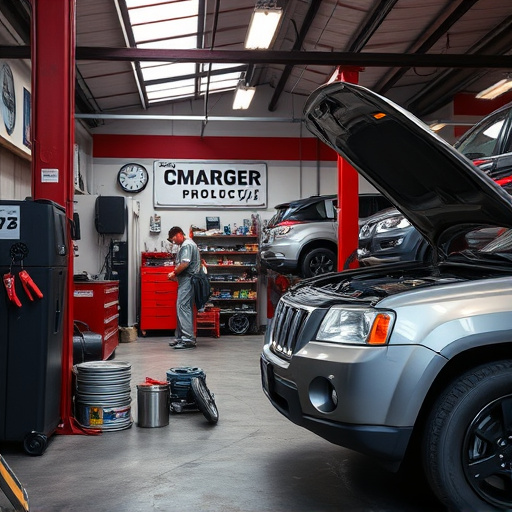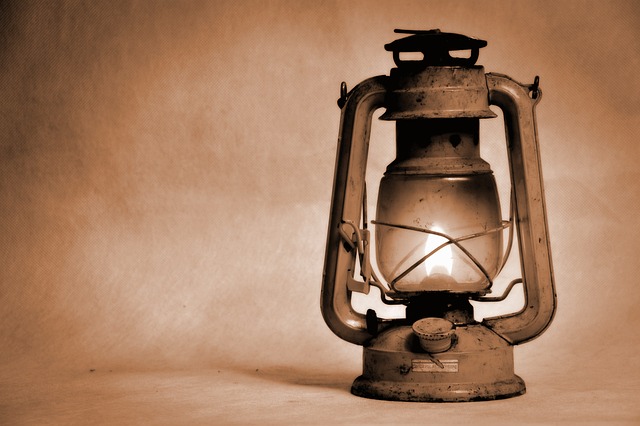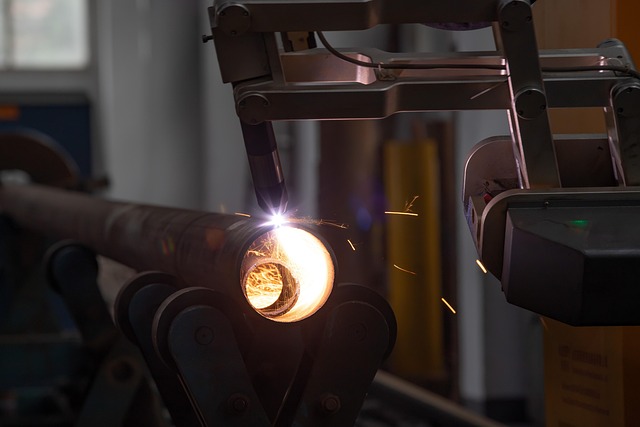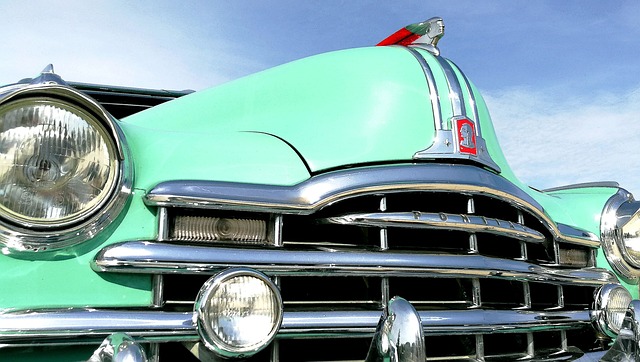Car paint restoration transforms damaged vehicle exteriors into showroom finishes, enhancing aesthetics and protection against environmental damage. Modern technologies like advanced chemical compounds and water-based paints make it more accessible and effective than ever, catering to the demand for sustainable practices. However, costs can vary greatly based on damage extent and repair area size, so careful consideration and comparison of quotes from providers are crucial before proceeding.
Is car paint restoration the right choice for revving up your vehicle’s look? In today’s market, it’s crucial to weigh the benefits against the costs. Car paint restoration, once a labor-intensive process, has evolved with modern technologies, making it more accessible and affordable. This article delves into the intricacies of car paint restoration: understanding the process, exploring contemporary advancements, and conducting a thorough cost analysis to help you decide if it’s a worthwhile investment for your vehicle.
- Understanding Car Paint Restoration: The Process and Benefits
- Modern Technologies and Their Impact on Car Paint Restoration
- Cost Analysis: Is It a Worthwhile Investment for Your Vehicle?
Understanding Car Paint Restoration: The Process and Benefits

Car paint restoration is a process that involves rejuvenating and revitalizing a vehicle’s exterior paint job to its former glory. It’s not just about applying a new coat of paint; it encompasses a series of meticulous steps to repair, refine, and protect the car’s surface. The process typically begins with careful inspection to identify damage, which can include scratches, swirls, dings, or even more extensive repairs like filling in dents and repairing holes. After cleaning and preparing the affected areas, trained professionals use various tools and techniques, such as compound polishes and cutting-edge machinery, to remove imperfections and restore a smooth finish.
The benefits of car paint restoration extend beyond aesthetic improvements. It enhances the overall value of the vehicle, making it more attractive to potential buyers if you ever decide to sell. Moreover, proper restoration can protect the car’s original paint job from future damage caused by environmental factors like UV radiation, acid rain, and harsh chemicals used in cleaning. By investing in car paint restoration, owners not only get a visually appealing ride but also ensure that their vehicle retains its worth and durability over time, making it a wise decision for any auto enthusiast or responsible car owner.
Modern Technologies and Their Impact on Car Paint Restoration

Modern technologies have significantly revolutionized car paint restoration, making it more accessible and effective than ever before. Innovations such as advanced chemical compounds, precision sandpaper, and state-of-the-art polishing tools enable restorers to achieve a flawless finish that closely mimics the original factory application. These advancements not only enhance aesthetics but also protect the vehicle’s surface from future damage, ensuring its long-term value.
Moreover, modern restoration techniques focus on environmentally friendly practices, employing water-based paints and sustainable methods for cleaning and preparation. This trend reflects a growing consumer demand for eco-conscious tire services, fender repair, and vehicle paint repair solutions. As a result, car paint restoration today offers not just a cosmetic upgrade but also a responsible and durable option for vehicle owners seeking to preserve their cars’ beauty and resale value.
Cost Analysis: Is It a Worthwhile Investment for Your Vehicle?
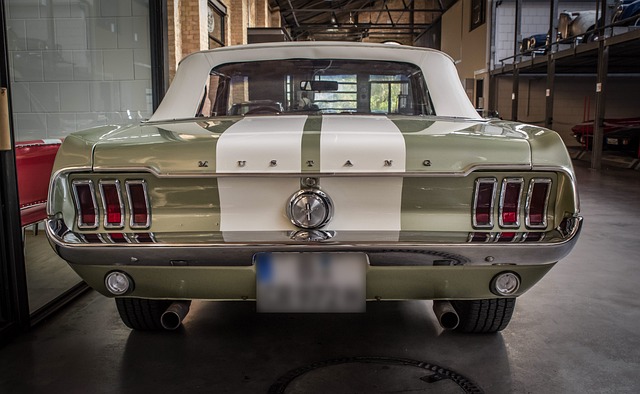
Car paint restoration has become an increasingly popular service, but is it a worthwhile investment for your vehicle? The cost analysis involves considering both the financial outlay and the potential benefits to your car’s appearance and value. On one hand, professional paint restoration can transform a damaged or faded exterior into something akin to new, enhancing the overall aesthetic appeal of your vehicle. Skilled technicians use advanced techniques and high-quality products to fill in scratches, remove minor dents, and even redo complete paint jobs, all of which contribute to a showroom-ready finish.
However, it’s essential to weigh these advantages against the costs involved. The price of car paint restoration can vary widely based on several factors, including the extent of damage, the size of the repair area, and whether it’s a partial or full repaint. Additionally, you might need to factor in expenses for transportation, waiting time, and potential hidden costs at collision centers or fender repair shops. Therefore, before committing to this investment, thoroughly assess your vehicle’s needs, compare quotes from different service providers, and evaluate whether the resulting improvement justifies the financial commitment.
Car paint restoration, while seemingly a niche service, offers significant benefits in terms of enhancing vehicle aesthetics and protection. With modern technologies making the process more efficient and cost-effective, it’s clear that investing in car paint restoration is a worthwhile decision for any vehicle owner looking to preserve their car’s value and appearance. Despite varying costs, the long-term advantages make it a compelling choice, ensuring your vehicle stands out not just on the road but also in terms of longevity and resale potential.
